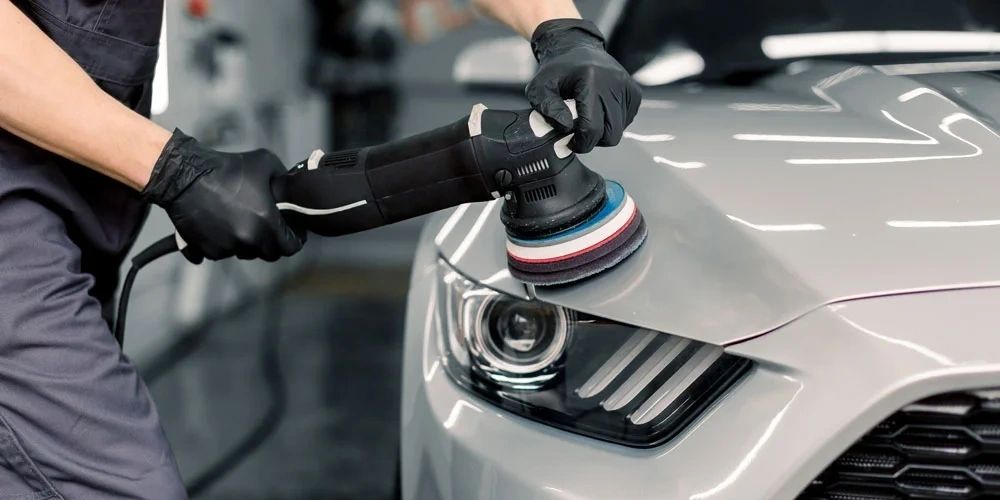
What Happens During a Car Paint Correction?
A car paint correction could become an integral part of your auto detailing process. But what exactly does this procedure entail?
Basics About Car Paint Correction in Auto Detailing
Correcting auto paint involves removing surface blemishes like light scratches and swirls from the painted exterior and leveling the top layer of clear coat. It’s a detailing step that can not only enhance the appearance of your auto but that can also preserve long-term value.
Preparatory Cleaning
A thorough washing of the auto should take place first. Car shampoo of high quality or products like decontamination soap are used. Washing by hand is done with soft sponges or microfiber cloths. Water may be applied with a spray gun for rinsing. A lubricated clay bar can then be rubbed over the cleaned surface to remove any remaining embedded dirt. Iron remover and tar remover may be utilized as well for an extensive decontamination.
Cleaning helps get rid of any dirt, debris, dust, or transferred paint that may be impacting the vehicle’s topmost clear coat. The most effective cleaning is typically performed from top to bottom and lengthwise. Staying out of direct sunlight is also ideal.
Polishing
Polishing helps smooth the clear coat and remove unsightly swirls and other blemishes. A typical polishing will require a good car polish, a polishing pad, and potentially a machine polisher or buffer. The polish will be applied in sections and with minimal pressure to avoid damaging abrasion. A multi-stage polishing process is best. And applying a polishing remover afterward will dissolve any left-behind oils that could cause paint harm.
Machine polishing performed by a professional detailer can be advantageous because the pro will have access to machinery like a paint thickness gauge. Such tools can assess the amount of clear coat on the vehicle and the paint’s hardness: invaluable information for getting the correction job done right. Professional correction is also beneficial for ensuring the right techniques are used and that no further paint damage will result from improper methods.
Preservation
You may associate waxing with gifting your car an attractive and shiny finish, but this process is also about protecting the work already done. High-quality wax applied with a soft and clean cloth or buffer can seal the paintwork. And excessive wax can be removed with a microfiber towel.
For deeper protection, a ceramic compound may be applied. Paint protection films can safeguard clear coat from the elements as well. Again, you can most effectively assess what’s best for your vehicle by working with a professional who can perform the sometimes hours-long tasks of correction in less time while producing a reliable result that could last for years.
Put your correction and detailing needs in trusted hands. Schedule a consultation with Seattle Auto Detail and Tint for comprehensive, price-matched services.
